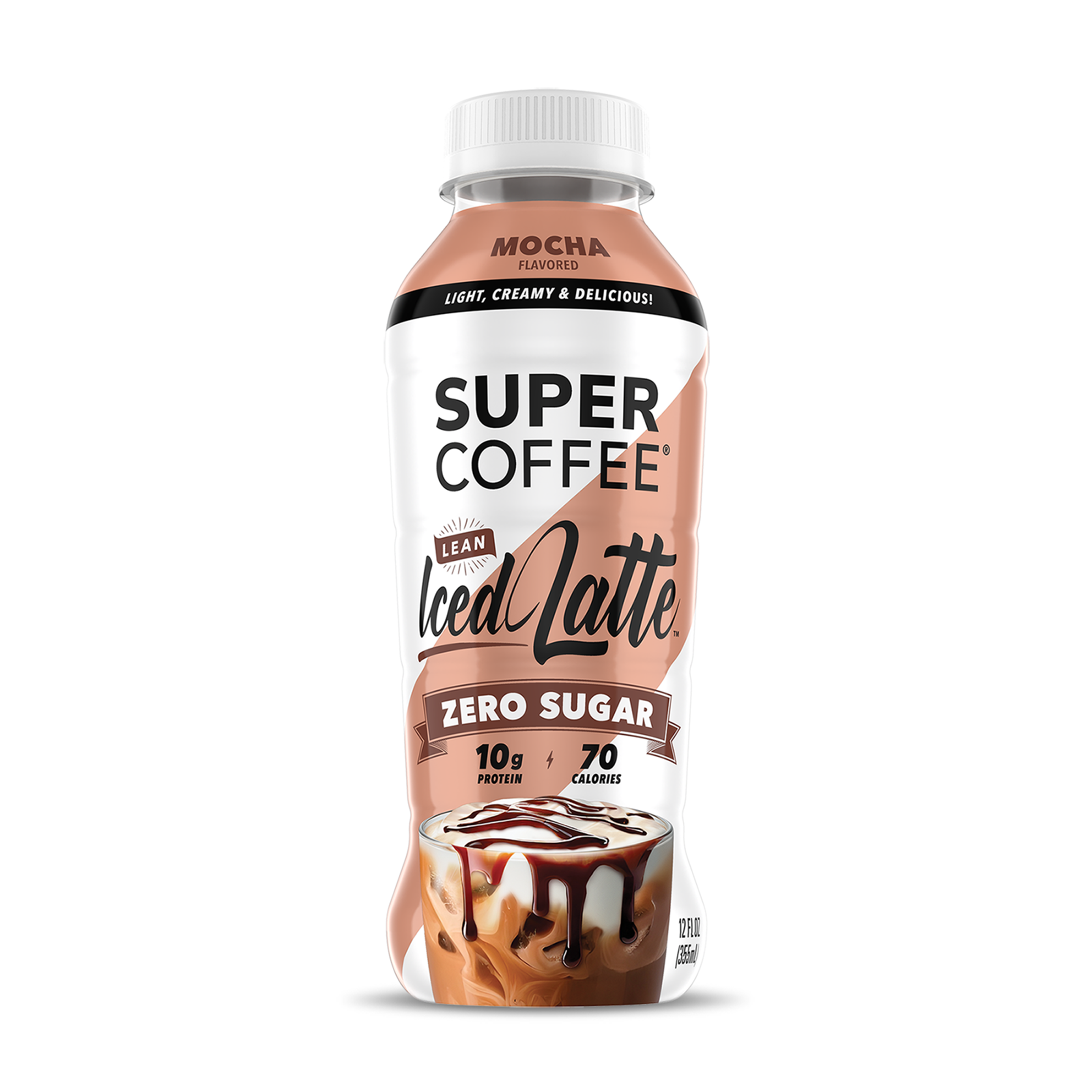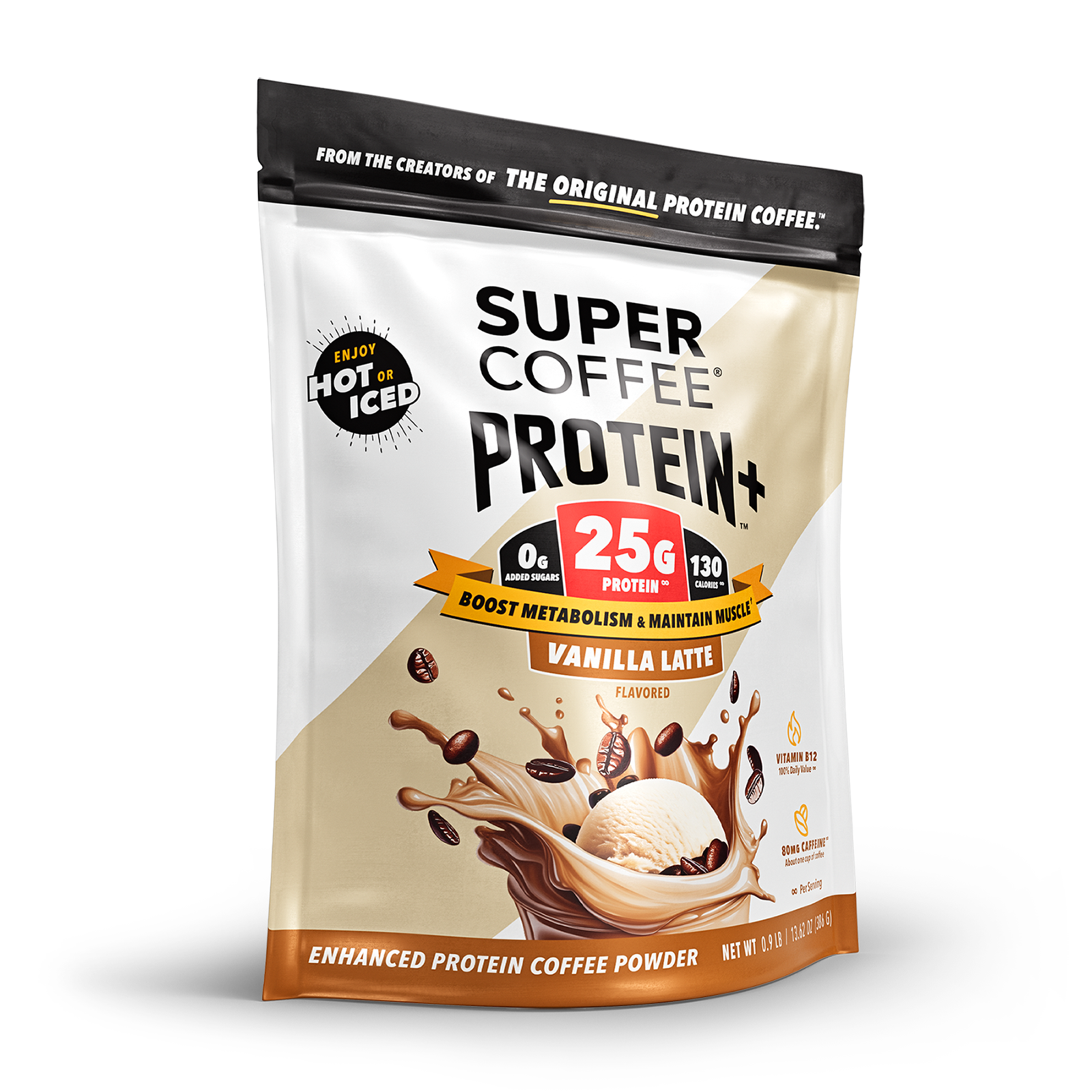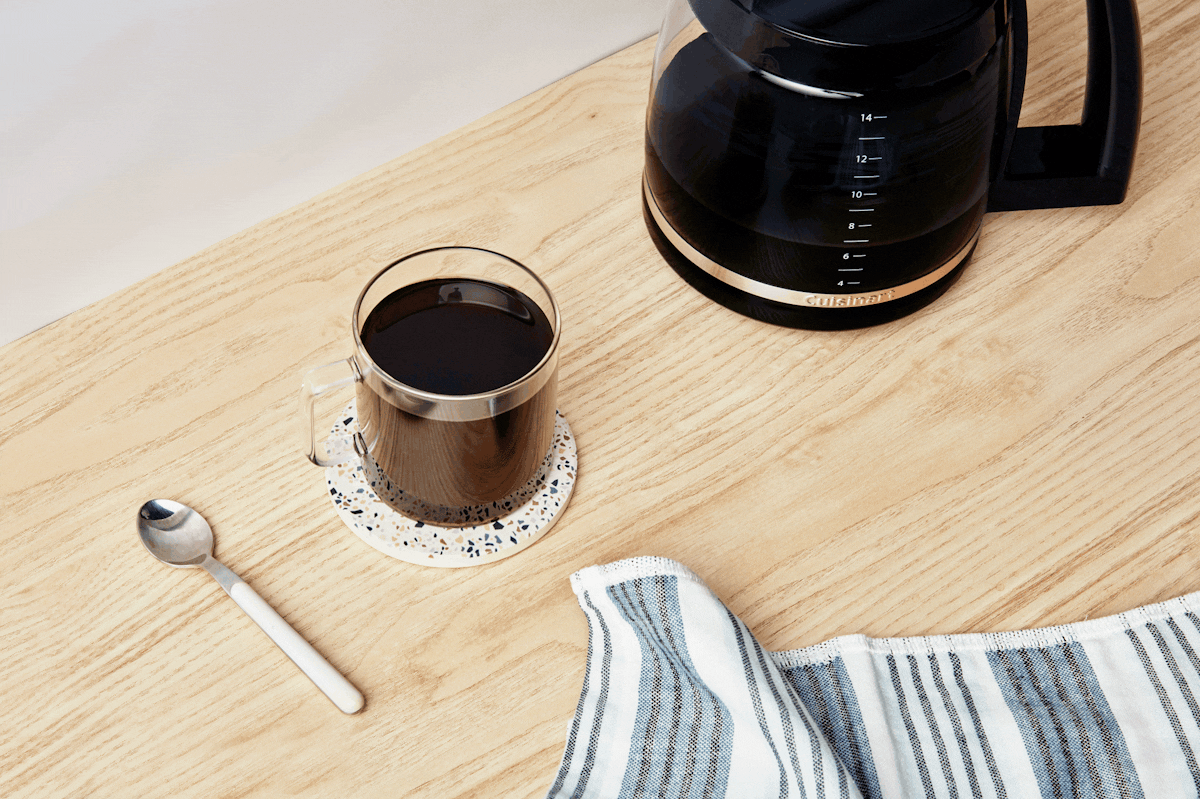Your cart is empty
Why are we even talking about low-carb coffee? Isn’t coffee a zero-carb beverage?
It is, but let’s be honest. The majority of Americans don’t take their coffee black. Only about 35% of them do, to be specific.
It doesn’t matter whether someone’s having a cup of coffee with milk and sugar at home, or a latte or mocha from Starbucks or a local coffee shop. Most people are going to add something to their coffee.
And that’s where carbs add up. Let’s explore.

Low-Carb Diets, Carbs, and Beverages
We’ll be talking a lot about the keto diet in this article, but we’re only using that as shorthand for any type of low-carb meal plan. Keto’s just the easiest umbrella term to use.
Low-Carb Diets
One of the most daunting challenges of starting a ketogenic diet is giving up all of the stuff you can’t eat or drink. Sugar, bread, pasta, potatoes, packaged foods, bakery desserts – all are loaded with carbohydrates and are off-limits on most versions of keto.
Here’s why. Low-carb eating is intended to force the body into a metabolic state called ketosis. When that happens, the body doesn’t have the carbohydrates it needs to produce the glucose (blood sugar) it normally uses for energy. Instead, it burns body fat to make molecules called ketones; ketones serve as an alternate fuel source, and fat-burning causes weight loss.
As soon as you eat too many carbs in a day, though, you “break” the diet. Ketone production, fat burning, and weight loss all screech to a halt.
On a strict keto plan, you have to limit your total carb consumption to 20-25 grams of net carbs (total carbs minus indigestible fiber) per day, and that’s not easy. Two teaspoons of sugar are about five grams of carbs, a single slice of bread contains 15 grams of carbs (usually shortened to “15 carbs”), and a piece of cake averages about 30 carbs.
So if you’re not extremely careful watching your carb intake, low-carb dieting is essentially a waste of time.
It’s common knowledge that sugar and starches are pretty much off-limits on keto. But many people do a double-take when they see the list of beverages that they’ll have to avoid.
Carbs and Beverages
There are lots of hidden carbohydrates in the beverages that most of us drink without a second thought. And we’re not just talking about soda and energy drinks loaded with added sugar.
A single can of Coke or Monster contains more carbs than an entire daily keto allowance. But even a morning glass of orange juice (26 carbs) or a couple of cups of milk (12 carbs each) can threaten your stay in ketosis. The culprits? Fructose (fruit sugar) and lactose (milk sugar).
So what can you drink on a low-carb diet? The list is, sadly, a short one.
There’s water, water with lemon, water with lime, carbonated water, and seltzer water. All contain zero carbohydrates.
Need variety? You can drink some unsweetened dairy-free milks (like almond milk and flaxseed milk) and bone broth. Wine and a few low-carb brands of beer are OK within reason. Spirits like gin, vodka and whiskey are zero-carb; mixers are what cause problems. Sugar-free soda is theoretically OK, but there’s evidence that it makes you crave sugar and can destroy your diet.
Most importantly for this discussion, you can drink coffee and tea (all types) – as long as you drink them black. Don’t like black coffee? That’s when you have to be very careful.
Carbs and Coffee
There are no carbs in coffee since it’s simply “extracted flavor” and water. That means brewed coffee and instant coffee, strong coffee like espresso and French press extraction, iced coffee and cold brew coffee.
They’re all good for your health, and they won’t do a bit of damage to your low-carb diet. That is, until you start adding other ingredients.
We’ve already mentioned the carbs in milk. Two teaspoons added to a cup of coffee in the morning won’t knock you out of ketosis, but carb counts add up quickly. If you drink three or four cups a day, that’s a couple of grams of carbs you could “spend” on something more important.
What’s worse? Sugar. Two teaspoons of sugar, three or four times a day, is almost a full day’s worth of carbohydrates on a strict keto diet. If you plan on eating anything else during the day, you’re already in carb jail.
And of course, forget about stopping by the coffee shop for a grande caramel macchiato (35 carbs), frappuccino (50 carbs), or pumpkin spice latte (52 carbs).
Before you get too depressed, though, there’s some good news. There’s a lot you can add to coffee that will let you stay on your low-carb diet.

Low-Carb Coffee: Keto-Friendly Ingredients
Just to be clear, coffee by itself is always low-carb. The phrase “low-carb coffee” coffee refers to the many other ways you can drink America’s favorite beverage.
We’ll start with the most common keto-friendly coffee additives.
Sugar Substitutes
The easy solution might seem to be artificial sweeteners, but we’ve briefly addressed the big problem with those sugar alternatives.
They cause sugar cravings when added to diet sodas, and they do the same when added to coffee. And even though the government considers artificial sweeteners “safe,” studies have shown they may contribute to higher diabetes risk and cause gastrointestinal issues.
Honey, maple syrup, and other naturally sweet substitutes contain even more carbs than sugar, so they’re out. “Sugar alcohols” like erythritol and sorbitol are often added to low-calorie and keto-friendly baked goods and prepared foods, but they’re not ideal coffee additives. Not only won’t they mix in well, but they still contain carbs and some may cause stomach distress.
The best sugar substitutes to add to low-carb coffee fall into a category known as “novel sweeteners.” These substances are natural, they’re antioxidants, they provide additional health benefits like lower blood sugar, cholesterol and triglycerides levels – and they contain no carbs or calories.
Two novel sweeteners are commonly available. One is stevia, which comes from the South American stevia plant. The other is monk fruit extract, which comes from a South Asian fruit tree.
They’re both ideal to use in coffee, but there’s one important caution.
Both stevia and monk fruit are incredibly sweet substances, as many as 300 times sweeter than sugar. Only a tiny amount of them are needed to sweeten coffee.
Here’s the problem: that’s nowhere near enough to fill convenient packets of sweetener. So other stuff has to be added to restaurant packets of stevia or monk fruit sweetener to bulk them up – and that “other stuff” can be anything from sugar alcohol to, believe it or not, real sugar.
When you’re going to add stevia or monk fruit to your coffee, be sure it’s pure stevia or monk fruit extract. They’re both available in grocery stores and on Amazon.
Milk, Cream, and Substitutes
We’ve dealt with milk already. A little added to coffee won’t do much harm, but a lot could. That goes for 2%, 1%, and skim as well as whole milk.
Let’s talk about alternatives for low-carb coffee.
Heavy Cream
Believe it or not, heavy cream (often called heavy whipping cream) is considered keto-friendly. It’s high in calories (50 calories per tablespoon), so it should only be used in moderation. However, it’s lower in carbs than any type of dairy milk, and it brings another key benefit to the table for low-carb dieters.
When you drastically reduce the number of carbohydrates in your diet, you have to replace them with one of the other two macronutrients, protein or fat. That’s why keto is actually a low-carb, high-fat diet; you eat a lot more healthy fats than usual when you follow a ketogenic eating plan.
And heavy cream is a great source of that healthy fat. It’s a good replacement for milk in low-carb coffee when you only have a few cups per day.
Non-Dairy Milks
You won’t be adding a cup of milk to your coffee, of course, so take these numbers with a grain of salt.
But just compare the carb content of eight ounces of popular plant-based milks to the number of carbohydrates in eight ounces of dairy milk.
- Dairy Milk: 12 carbs
- Unsweetened Almond Milk: 1 carb
- Unsweetened Flaxseed Milk: 1 gram
- Unsweetened Hemp Milk: 1 carb
- Unsweetened Macadamia Nut Milk 1 carb
- Unsweetened Coconut Milk: 2 carbs
- Unsweetened Soy Milk: 4 carbs
Clearly, non-dairy milk is dramatically preferable for keto dieters. Regularly adding a tablespoon or two of this milk to your coffee won’t make a dent in your carb allowance.
It’s important, though, to always use unsweetened nut or plant milks. The sweetened versions are loaded with carbohydrates.
Keto Coffee Creamers
Most commercial coffee creamers are anything but keto-friendly. Manufacturers commonly add sugar to them, to simulate the feel and taste of milk or cream.
The huge popularity of low-carb dieting over the last ten years has led to a new product category, though: keto coffee creamers. The best of the bunch is Super Creamer, produced by the same company that makes ready-to-drink, keto-friendly Super Coffee.
Super Creamer is zero-carb, zero-calorie, and gluten-free; it’s sweetened with monk fruit extract and stevia; it contains added protein; and it’s available in a number of delicious flavors. Other options to check out include nutpods and Califia Farms creamers.
Low-carb (or zero-carb) coffee creamers like Super Creamer often contain one other ingredient that’s helpful for keto dieting: MCT oil. We’ll discuss that in our next section.
What Is Keto Coffee?
Some readers may have expected to see this topic near the top of the article since the terms “low-carb coffee” and “keto coffee” are often confused.
Keto coffee is much more than simple low-carb coffee, though. It’s one name for a rich coffee drink that’s also known as bulletproof coffee and butter coffee.
Here’s the short version of a keto coffee recipe: blend together black coffee, MCT oil, and either grass-fed unsalted butter or grass-fed ghee.
Here’s the longer explanation.
Keto Coffee Ingredients
Naturally, you start with black coffee.
MCT Oil
MCT is short for medium-chain triglycerides, which describes the molecular structure of a type of fatty acid not found in many foods. Most fats in our diet consist of long-chain triglycerides (LCTs), not MCTs.
When LCTs are consumed, they have to be digested. MCTs don’t, because of their shorter length. They’re instead sent right to the liver where they boost the production of ketones – the body’s fuel when a dieter is in ketosis. MCTs also speed up fat burning, another obvious plus.
MCTs can be extracted from the few foods that contain them, like coconut oil and palm kernel oil. If you can’t find MCT oil you can get almost the same benefits by consuming coconut or palm kernel oil; coconut oil is most commonly added to keto coffee.
Butter or Ghee
Since most low-carb diets are also high-fat eating plans, keto dieters are always looking for easy ways to consume high-quality fats. And grass-fed dairy products are a great source of those fats.
When butter or ghee (a form of clarified butter) is mixed into coffee it provides flavor and a rich texture, in addition to the healthy fat needed to sustain a low-carb diet.
There are just two other things to know about keto coffee.
Making and Drinking Keto Coffee
If you were reading closely, you may have noticed that we said that the ingredients in bulletproof coffee must be blended. There’s an easy explanation for that: oil and water don’t mix. To get the hot water in coffee to combine with MCT oil, the ingredients must be blended.
There’s one other important fact to remember about keto coffee, particularly if you love its taste. Bulletproof coffee has high levels of calories and saturated fat. A single cup contains the entire recommended daily maximum of saturated fat for a healthy adult, and about 25% of the calories they should be consuming.
In other words, keto coffee should only be a daily treat, not the coffee you drink throughout the day.
Other Delicious Low-Carb Coffee Ideas
Just because you’re on a keto diet, you’re not limited to milk and sugar substitutes (or keto coffee) when you want to turn a cup of low-carb joe into something special. Simply adding a little vanilla extract, cocoa powder, cinnamon, or peppermint can turn black coffee into a delicious keto coffee drink.
Or you can go a step further and add a tablespoon of keto-friendly sugar-free syrup. Yummy choices like hazelnut, mocha and vanilla syrups will make you feel less like you’re enduring a restrictive diet – and more like you’re enjoying a gourmet coffee served by a barista at a “keto Starbucks.”
Blog posts
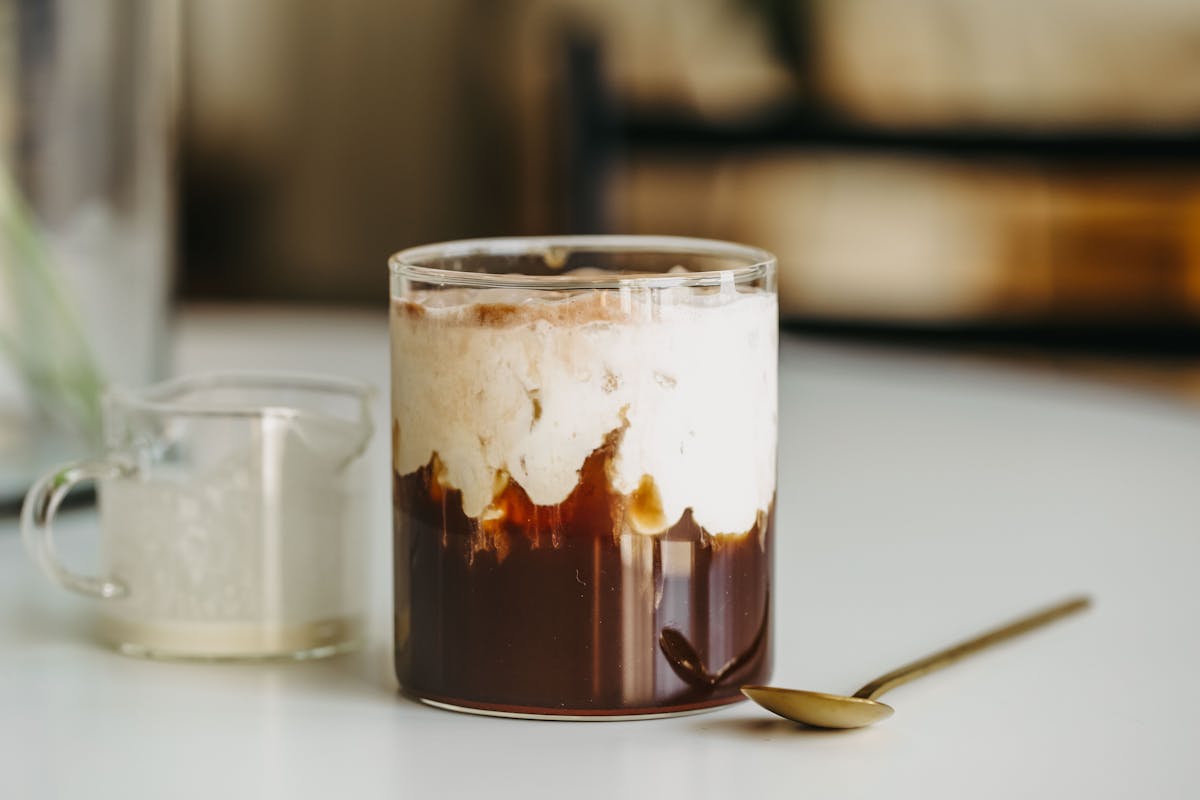
Cold, creamy and delicious - This chocolatey cold brew recipe is the perfect treat to kickstart your morning! The Recipe Chocolate Cream Cold Brew Prep Time: 1 minutes Cook Time: 5 minutes Ingre...
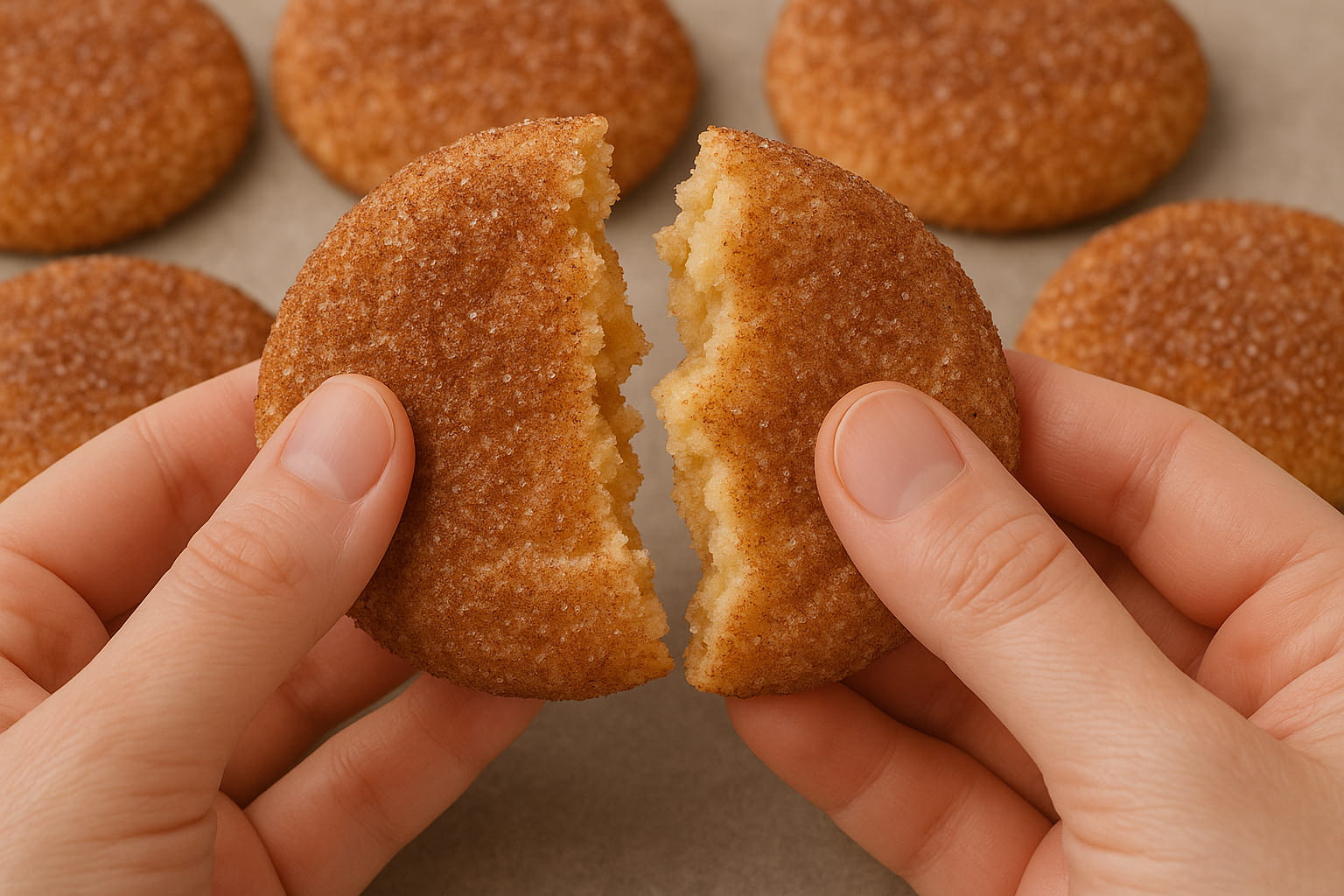
Indulge in the warm embrace of autumn with Pumpkin Spice Snickerdoodles - soft, spiced, and utterly irresistible! The Recipe Pumpkin Spice Snickerdoodles Prep Time: 10 minutes Cook Time: 1 hour ...
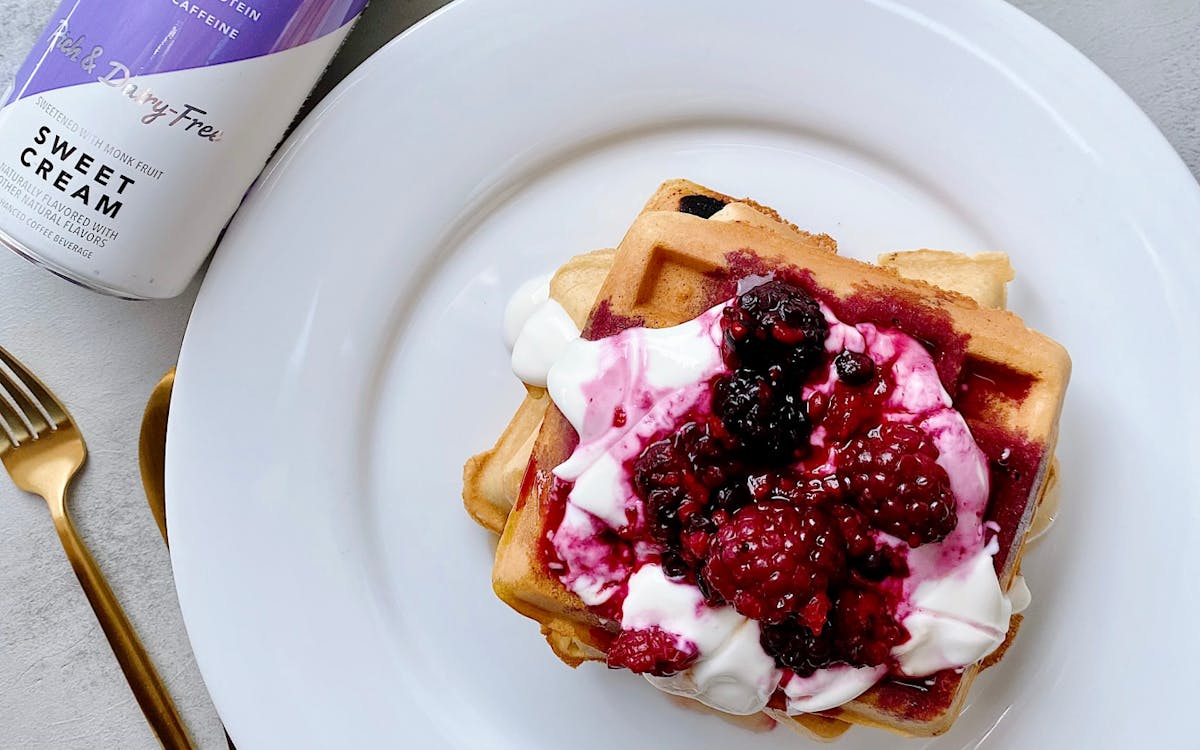
Low Carb Berries & Cream Waffles
These low carb/low sugar waffles are delicious, wonderfully crispy on the outside, and fluffy on the inside. You can also double batch and freeze for easy weekday breakfasts. Featuring our almost-...
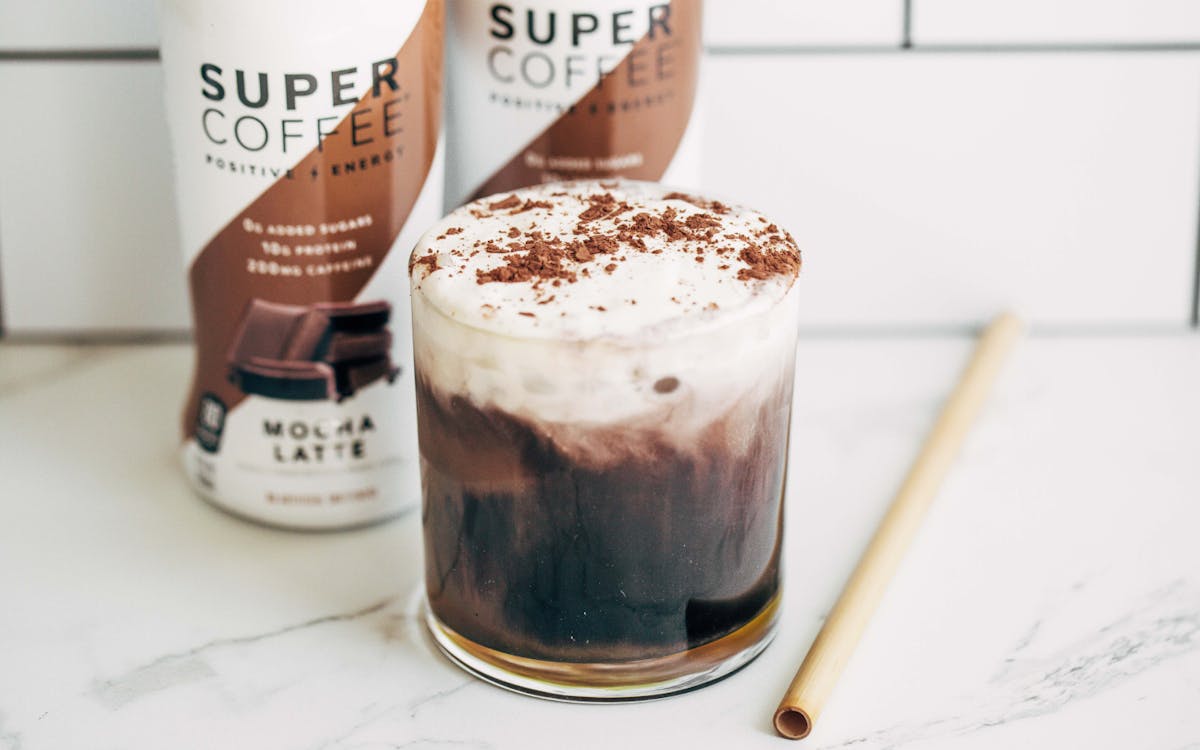
This may be the most fun latte recipe we’ve tried yet! With gooey & decadent black chocolate drizzle and a thick layer of creamy French Vanilla, just one sip of this iced latte will transport ...
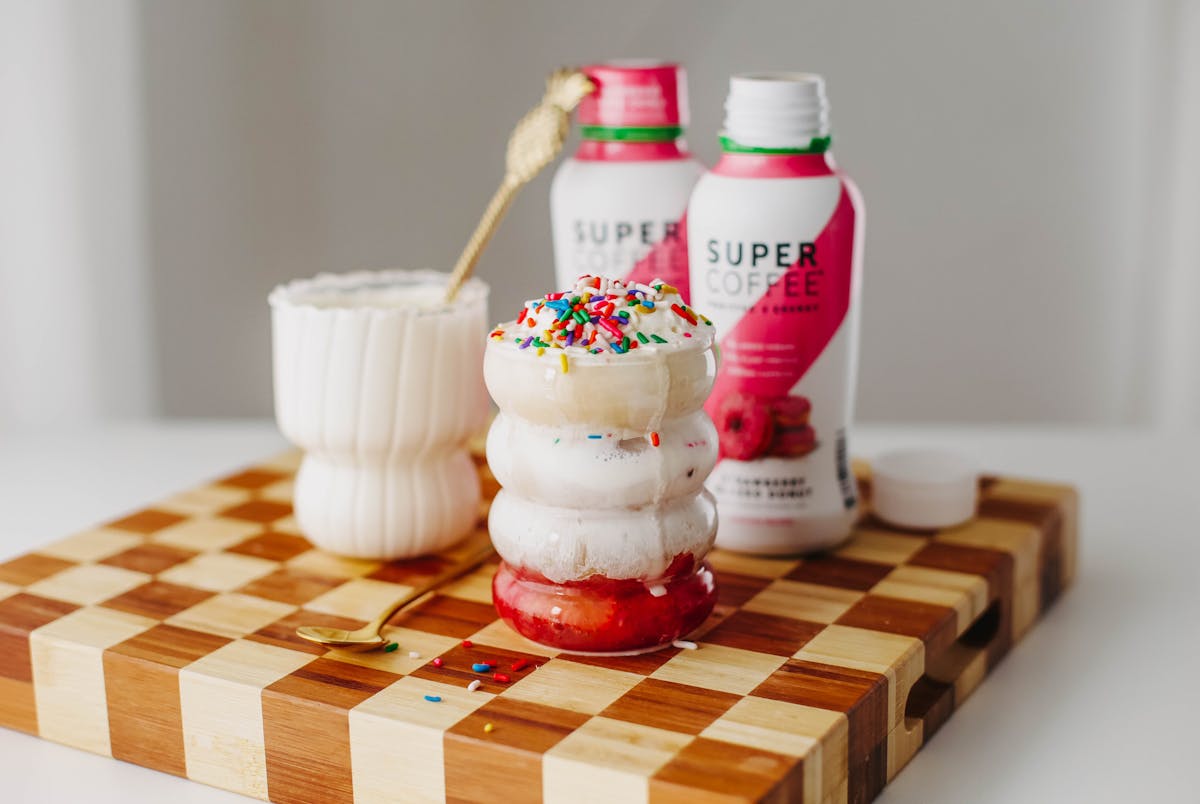
Strawberry Sprinkle Keto Coffee Recipe
Nutritional Info Calories: 274 Fat: 26.7g Carbs: 5.7g Protein: 4.5g Sugar: 2.1g Ingredients 3 strawberries, sliced. 3-4 tbsp heavy cream or half & half. Enough ice to fill a glass. 1/2 cup S...
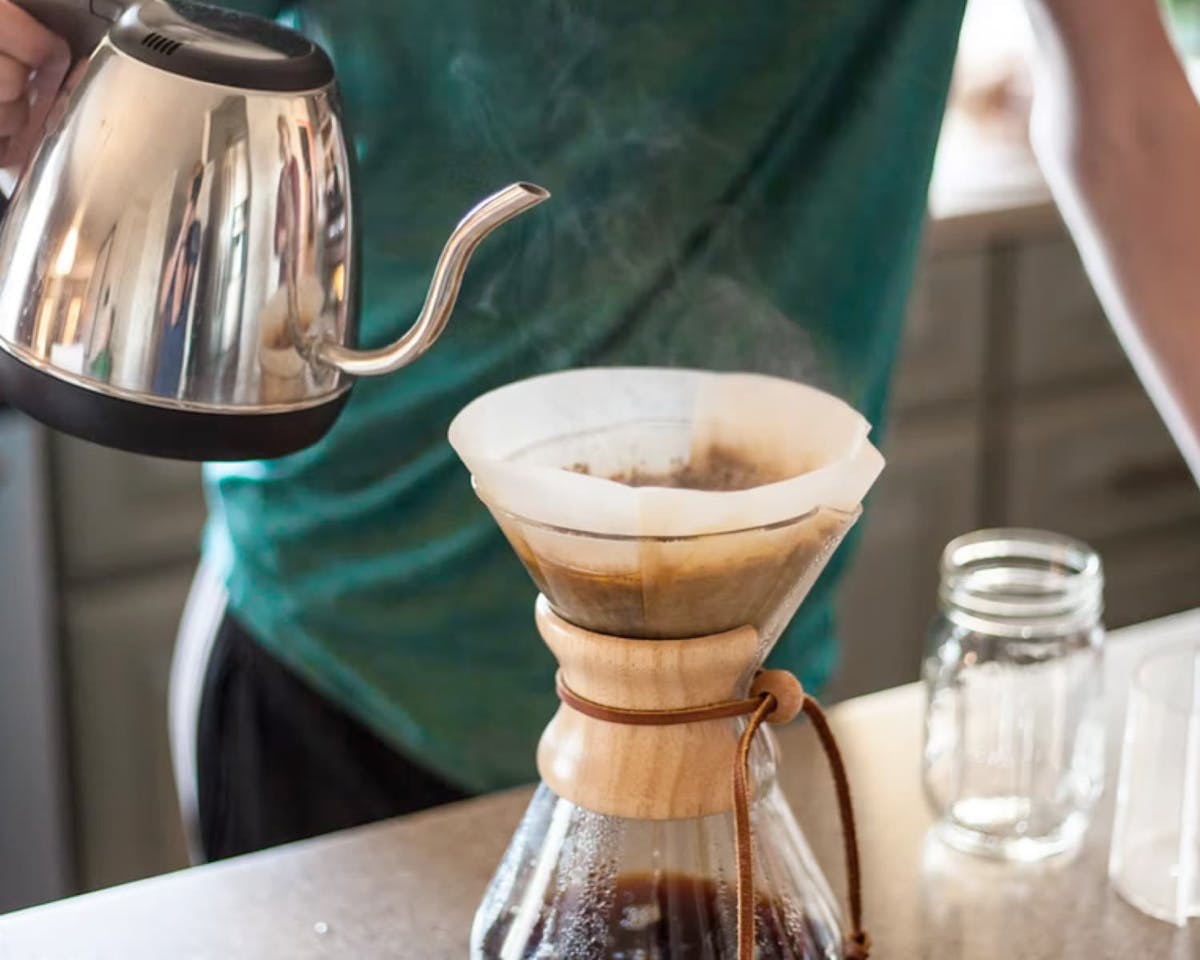
8 Healthy Coffee Recipes That Are Better Than Starbucks
There’s no question about it. Coffee is good for you. Those who don’t like black coffee, of course, commonly add milk, cream and sugar – even if that also means adding calories, fat or carbs to the...



